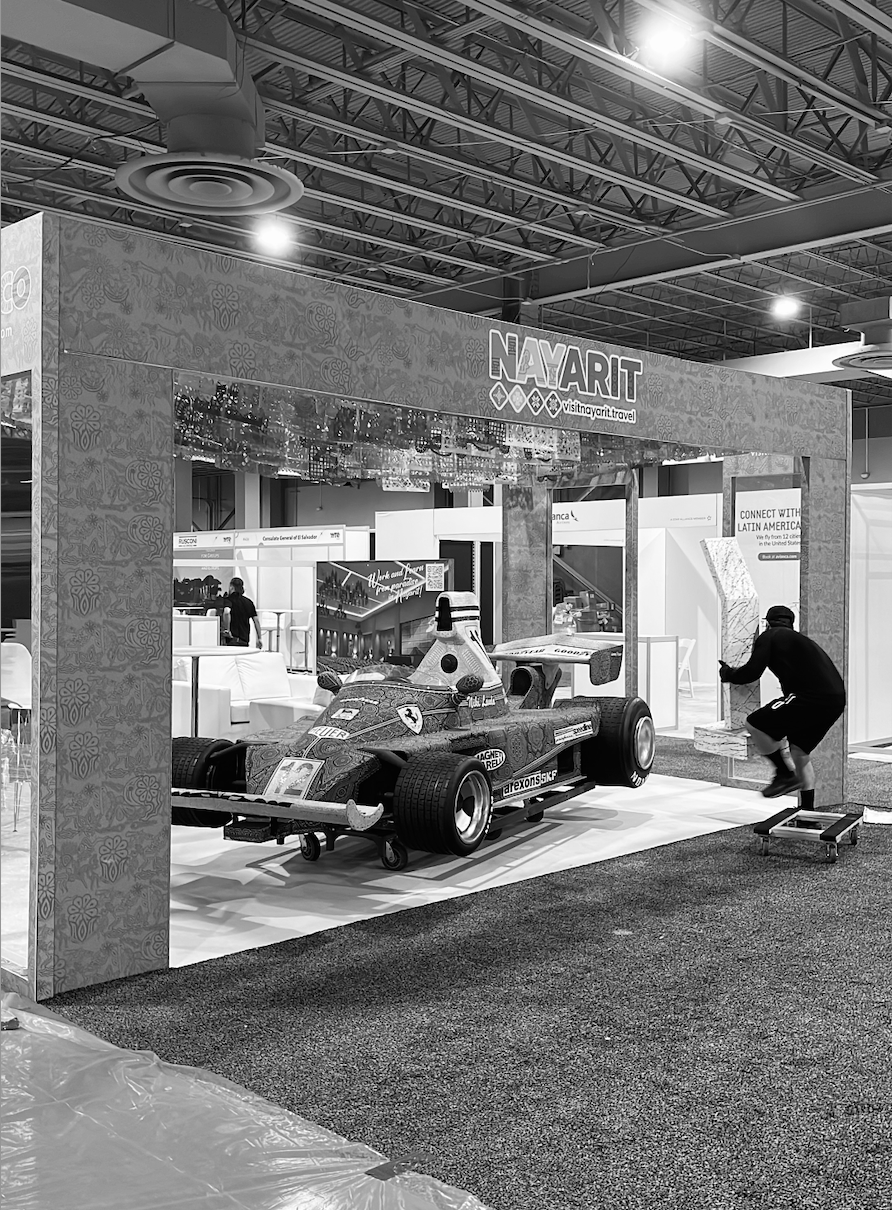Transporting precious artworks exposes collectors, galleries, and museums to various risks—from accidental damage to environmental hazards. While comprehensive “all‑risk” policies aim to cover most perils, insurers universally carve out exclusions for certain media and conditions. Textiles and ceramics, in particular, present unique vulnerabilities—such as inherent vice, wear and tear, and restoration difficulties—that standard fine art transit insurance typically omits. This article delves into the nuances of these exclusions, explains why they exist, and shows how clients can mitigate potential gaps in coverage. We also highlight how partnering with a specialist art shipper like Union Fine Art Services can offer tailored solutions to navigate these challenges effectively.
Understanding Media Exclusions in Art Shipping Insurance
Insurance policies for artwork transit are usually written on an open‑perils basis, meaning they cover all risks except those explicitly excluded in the policy wording [1]. However, most fine art insurers list a core set of exclusions—common ones include general wear and tear, gradual deterioration, inherent vice, pest damage, and specific media-related exclusions such as for textiles, ceramics, and media art [2].
Typical Exclusion Clauses
- Inherent Vice: Natural deterioration due to the materials’ properties, prevalent in textiles and some ceramics [3].
- Wear & Tear: Damage from ordinary handling over time; often applied strictly to fabric-based works [4].
- Pest & Vermin: Moth or insect damage, particularly critical for works on textiles [2].
- Handling & Operating Errors (Media Art): Specialized exclusions for digital, media, or installation art; though not textiles or ceramics per se, shows the breadth of material‑specific clauses [5].
Common Exclusions for Textiles
Textile art, encompassing tapestries, fiber sculptures, and mixed‑media works, has grown in popularity but poses unique insurance challenges.
- Moth & Vermin Damage: Policies routinely exclude damage from insects or vermin, as fabric fibers attract pests over long exhibits or storage periods [2].
- Inherent Vice & Deterioration: Textiles naturally degrade—colors fade, fibers weaken—without any external event, leading insurers to exclude these losses under inherent vice [3].
- Moisture & Mold: Fabric exposed to humidity can develop mold; most transit policies exclude moisture‑related deterioration not caused by a specific, insured peril [6].
- Surface Abrasion & Handling Scuffs: Even careful packing can’t entirely prevent small abrasions; such minor handling marks often fall under “wear and tear” [2].
Common Exclusions for Ceramics
Ceramic artworks—from delicate porcelain to heavy installations—require special attention due to their brittle nature.
- Cracking & Chipping from Handling: Insurers exclude losses attributable to mechanical impact not covered by defined perils, labeling them handling errors or inherent vice [5].
- Glaze Crazing & Surface Defects: Glaze imperfections or crazing (fine cracks in glaze) over time are considered inherent material flaws and hence excluded [7].
- Thermal Shock & Environmental Stress: Rapid temperature changes can crack ceramics; standard transit coverage generally omits such environmental damage unless explicitly added [6].
- Weight‑Related Damage: Heavier ceramic pieces can stress packaging materials; damage from insufficient crating may be denied as improper packing rather than transit loss [6].
Why These Media Pose Greater Risks
Art materials differ in physical and chemical properties:
- Organic vs. Inorganic Composition: Textiles are organic and attract pests; ceramics are inorganic but highly brittle.
- Inherent Instability: Many artists use mixed-media approaches; the interaction of materials (e.g., metal fastenings embedded in fabric) can accelerate deterioration.
- Restoration Complexity: Repairing a torn textile or a cracked ceramic often requires specialist conservators and can never fully restore original integrity—leading insurers to avoid open-ended liability.
By understanding these factors, both shippers and collectors can better anticipate insurer exclusions and plan appropriate risk‑management strategies.
Managing Exclusions: Policy Riders & Special Coverage
Although base policies exclude certain media-related risks, collectors have options:
- Specific Media Riders: Some insurers offer optional endorsements to cover insect damage for textiles or thermal shock for ceramics, at additional premium [3].
- Named Peril Extensions: For high‑value works, clients can negotiate named peril extensions covering select excluded risks—often requiring detailed condition reports and high‑quality packing.
- Valuation Clauses: Including professional valuations and pre‑ and post‑shipment condition reports can facilitate smoother claims for partial losses that might otherwise be disputed [1].
- All‑Risk vs. Named‑Peril Policies: While “all‑risk” offers broader default coverage, collectors shipping sensitive textiles or ceramics may benefit more from a named‑peril policy with targeted endorsements.
Role of Professional Art Shippers: Union Fine Art Services
Partnering with an experienced art logistics provider is crucial in mitigating excluded risks:
- Custom Crating & Climate Control: Union Fine Art Services designs bespoke crates and climate‑controlled environments tailored to textiles and ceramics, reducing exposure to moisture, pests, and shocks.
- Specialist Handling Protocols: Trained technicians handle unpacking and re‑packing using museum‑grade materials, minimizing handling abrasion and thermal shock incidents.
- Condition Reporting & Photography: Detailed condition reports before and after transit document existing flaws—critical for distinguishing inherent vice from transit damage during insurance adjudication.
- Liaison with Insurers: Union Fine Art Services works directly with global insurers to arrange policy riders and endorsements, leveraging long‑standing relationships to secure comprehensive coverage that anticipates textile and ceramic vulnerabilities.
By integrating logistics excellence with insurance expertise, Union Fine Art Services closes protection gaps that insurers often exclude—delivering true “nail‑to‑nail” liability coverage.
Conclusion
Shipping textiles and ceramics invites complex risk profiles that challenge standard transit insurance. Exclusions for inherent vice, wear and tear, pest damage, and environmental stress are common—yet can be effectively managed through specialized policy riders and meticulous logistics practices. Collectors and institutions should partner with experienced art handlers like Union Fine Art Services, who offer custom crating, climate control, precise condition reporting, and insurer liaisons. This integrated approach ensures that textile tapestries and fragile porcelain pieces arrive at their destination with minimal exposure to excluded perils—providing collectors with peace of mind and robust coverage for their most sensitive artworks.
- [1] The Basler Registrar
- [2] Insurance & Risk Management
- [3] PropertyCasualty360
- [4] Insurance Business America
- [5] Chubb
- [6] FreightAmigo
- [7] AXA XL
